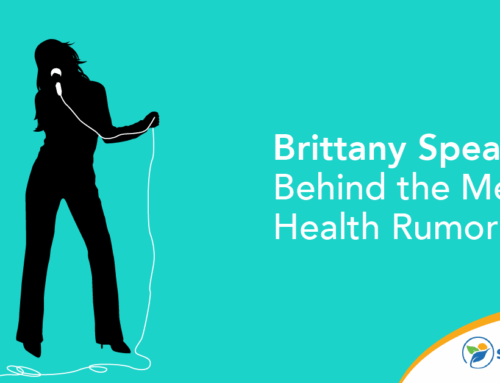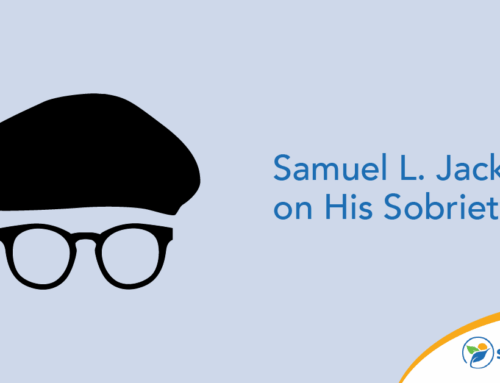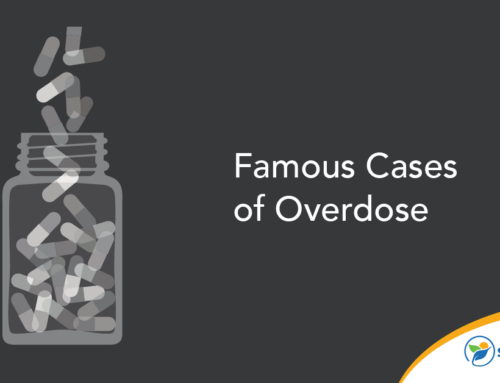Miley Cyrus is a former Disney child actor turned famous pop star. Like anyone growing up under the public eye, the singer has dealt with her fair share of mental health challenges throughout the years. Recently, she has shared how a specific type of therapy helped save her. Here’s everything we know about Miley Cyrus’ mental health and her experience with eye movement desensitization and reprocessing (EMDR).
Miley Cyrus’ Mental Health Journey in Her Own Words
Miley Cyrus’ therapy and mental health comments have made headlines many times in the past. In 2014, the singer opened up about her experiences with anxiety and depression. She shared, “I went through a time where I was really depressed. Like, I locked myself in my room, and my dad had to break my door down.”
The singer recalls experiencing anxiety attacks related to her home burning down a few years later. “I was filming Black Mirror, and while I was there, the fires happened in Malibu. I was in South Africa, but it was taking place in Malibu, so it was just a real trip. Probably 2 or 3 years later after this happened, I didn’t understand, but I would have this anxiety attack with a vision attached that I would be strapped down to a gurney.”
Eventually, Cyrus’ anxiety would start to impact her so much that performing on stage was challenging. In September 2021, she had a panic attack while performing on stage. Rather than flee from the crowd or pretend everything was okay, she addressed her feelings to her audience. Cyrus shared that, just like everyone else, she had been self-isolating through the COVID-19 pandemic, and it was difficult being in a large crowd again.
As of 2025, the pop star has shared that her mental health is better than ever. Why? Several tabloids ran stories about “Miley Cyrus’ EMDR experience.” She was sharing with the world how eye movement desensitization and reprocessing had helped her immensely and changed her life for the better. Saying, “Love it [EMDR]. Saved my life. It’s like watching a movie in your mind … I came out of it, and I’ve never had stage fright again. Ever. I don’t have stage fright anymore.”
And she isn’t done. The singer has shared that she’ll do more EMDR in the future, saying, “I did more sessions because there was so much more under that.”
The singer isn’t the only celebrity to come out and discuss the positive benefits of EMDR. Prince Harry, Sandra Bullock and Lady Gaga have all also addressed this type of therapy. It’s not surprising that so many people are discussing EMDR, as it feels like the latest and most impressive therapy tool with remarkable results. In fact, one study mentions that “completing 3 to 8 sessions of EMDR therapy resulted in symptom reduction (pre- and post-treatment) in 84% of patients diagnosed with simple PTSD.”
Understanding EMDR: What It Is and How It Works
EMDR, a form of individual therapy, was created in 1987 to treat post-traumatic stress disorder (PTSD) and is guided by the Adaptive Information Processing model. Typically, patients require between 6 and 12 sessions, usually occurring once or twice a week.
The primary benefit is that EMDR patients can see results in a much shorter time compared to typical psychotherapy. What might take years of talk therapy could be treated in just a few EMDR sessions.
The World Health Organization recommends EMDR as an effective way to treat PTSD and possibly other mental health conditions, such as anxiety or depression.
How EMDR Works
Eye movement desensitization and reprocessing helps heal trauma by reprocessing memories without verbal discussion. Instead, the individual undergoes bilateral stimulation — the process of alternately stimulating the left and right sides of the body or brain. The patient focuses on a past event or memory while this occurs, which may involve tracking the movements of a finger or ball to induce rapid eye movements, tapping cues or even auditory cues.
Your brain tries to protect you from traumatic memories by blocking them out and instigating a negative response (such as a panic attack). As a result, this may be hindering your proper healing. The EMDR process clears the pathway between the memory and your body’s response so mental blocks are removed and healing can occur.
According to the EMDR Institute, this process breaks the current bond between the memory and the brain’s response, creating a new, neutral response. The belief is “that EMDR therapy facilitates the accessing of the traumatic memory network so that information processing is enhanced, with new associations forged between the traumatic memory and more adaptive memories or information. These new associations are thought to result in complete information processing, new learning, elimination of emotional distress and development of cognitive insights.”
EMDR Isn’t for Everyone
It’s essential to understand that EMDR may not be the most suitable course of action for everyone. EMDR can be very triggering, especially for the first few sessions. Individuals who aren’t ready to reprocess their traumas may be better off going with a gentler form of therapy, such as cognitive behavioral therapy.
Additionally, EMDR isn’t a good fit for people with personality disorders and severe psychiatric disorders. The treatment process can trigger symptoms of other conditions, which may not be helpful in garnering results.
Lessons We Can Learn From Cyrus’ Openness
The Hannah Montana pop star used EMDR to fix anxiety associated with performing in front of large crowds. In a post-COVID world, Miley Cyrus needed help getting comfortable being back on stage in front of thousands of people.
Her sharing her story does a lot more than just educate people on EMDR. She’s helping reduce the stigma that can surround therapy and trauma treatment. Fans now know that even the rich and fabulous can struggle with anxiety, depression, and fears.
Cyrus is also highlighting to the world just how effective treatment really can be. She found the right type of therapy for her situation and is better off for it. Mental health conditions are treatable, but seeking professional help is the most crucial step.
Mental Health Treatment at Sunlight Recovery
Don’t let your past trauma continue to shape your future. The right therapy can help you process and heal, allowing you to live a happy and healthy tomorrow.
And Sunlight Recovery can be the answer to get you there. Contact us today to learn more about our mental health treatment programs.







